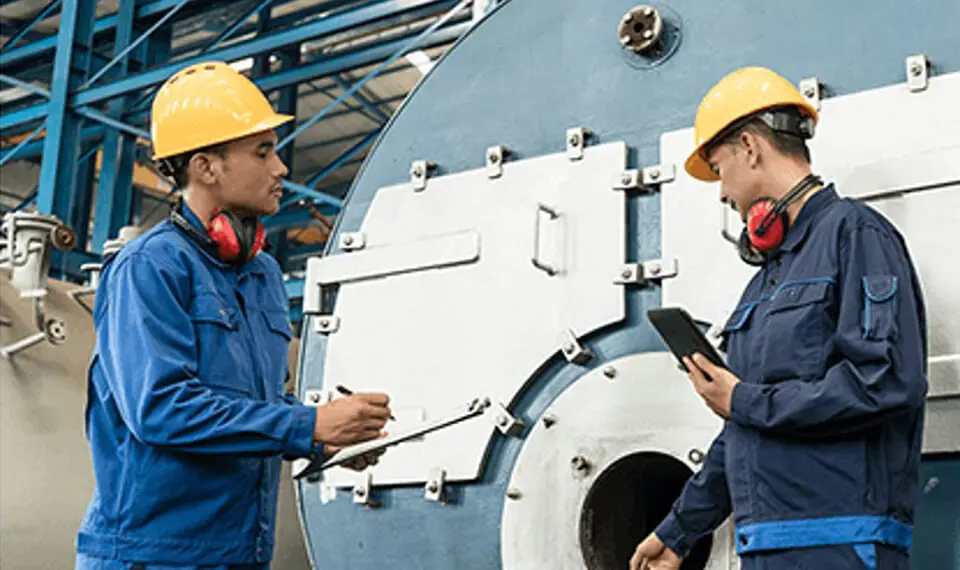National Safety Month was created by the National Safety Council (NSC) in 1996 to increase awareness of leading safety and health risks while simultaneously seeking to decrease the number of unintentional deaths and injuries. It is in June but learning about safety never stops.
Workplace injuries and illnesses continue to have a major impact on employers. The Occupational Safety and Health Administration (OSHA) estimates employers pay almost $1 billion per week for direct workers’ compensation costs alone. That’s a lot of money. This is why it is important to maintain equipment training and certificates to prevent workplace injury. Most cost to the employer comes directly by paying for hospital stays, rehabilitation, while losing the productivity of an injured worker. A lot of injuries can be avoided by educating companies and workers alike. We will identify seven safety measures to take while on the job site to keep you safe.
7 Crucial Safety Measures:
- Personal Protective Equipment (PPE) – To minimize injuries from such accidents, the workers are required to wear gloves, safety goggles (aka safety glass), knee pads, hard hats, earmuffs, respirators, and vests whenever needed.
- Follow Guidelines – Environmental hazards are more common in the winter and rainy seasons. The blistering sun towering over the site also causes hazards to the workers. Stay aware and take necessary measures to avoid injury from the environment.
- Keep the Job Site Clean – A clean site is a safe site. It’s that simple. In general, construction sites are known for every hazardous material and rubble they produce. The dust and debris can be highly toxic and cause serious respiratory illnesses. So, it is advisable to wear a respirator while using dusty equipment.
- Ladder Safety – The ladder needs to be strong, tight, and free from corrosion; taller than the destination; properly train workers to avoid fall accidents.
- No Crowding – Although it is usual for the workers to crowd around new equipment and machinery, the construction manager should make sure that this doesn’t become a habit. Crowding can lead to safety getting overlooked.
- Lifting precautions – Follow proper lifting techniques to avoid injury, because lifting hazards are very dangerous.
- Site training – Proper safety training should be given to all workers on-site so that they feel comfortable and safe around the job site.
Go out there, but safely.
Your safety should be your number one priority in all cases but especially working with heavy equipment. It is good to know every potential hazard so that you are prepared. No one is perfect, but everyone should be prepared. At Partner Rentals, we provide forklift and aerial lift training. If you need to book your next project, call 877-740-RENT (7368) today to book your equipment needs today.
Keywords: safety, fall hazard, training, equipment training, lifting precautions, construction, construction site, ladder, forklift, forklift training, aerial training

